The sphere of counterfeit alcohol is developing rapidly, dealers have learned to imitate even elite alcohol that has good protection. Unfortunately, the average buyer does not have methods to 100% identify counterfeit. We have to use indirect signs, but in the aggregate they are very effective.
1. Store. Often, large well-known supermarkets value their reputation and do not deal with counterfeit products, working only with trusted suppliers who have all the permits. This also applies to specialized liquor stores.
Most often, the two most popular types of martinis are counterfeited – Bianco and Asti, and the brands Fiero, D’Oro and Bitter are not sold in Russia!
Counterfeit martinis are usually sold by small shops that, in order to save money, are bought from the cheapest wholesalers. Their owners may not know that they are selling a fake drink. If, due to circumstances, you have to buy a martini in a small store, ask the seller for a certificate of product quality, they must show it to the client upon request.
2. Price. If in one place the cost of a bottle of martini is 10-30% lower than in the rest, this is one of the sure signs of a fake.
The store may say that they sell confiscated products or products from duty free, this is a lie, at best you will get smuggled.
A limited number of companies have the right to trade in confiscated products, and wholesale consignments of excisable goods from duty-free duty-free zones cannot legally enter the customs territory of the state.
3. The appearance of the bottle. The absence of an excise stamp, a production date, a badly glued label or one made of low-quality paper should be alarming. But in fake elite alcohol, these signs are extremely rare.
Previously, counterfeiters relied on the inexperience of the buyer and skimped on quality. Now, technology is allowing dealers to create cheap bottles that look almost like the real thing. Only specialists or people who constantly work with this product can identify a fake. The photo shows the bottles from the original and fake martini “Bianco” (white), find out the real one.
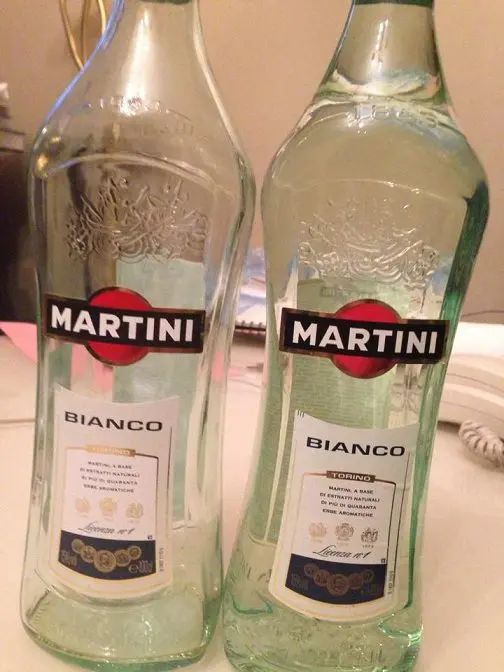
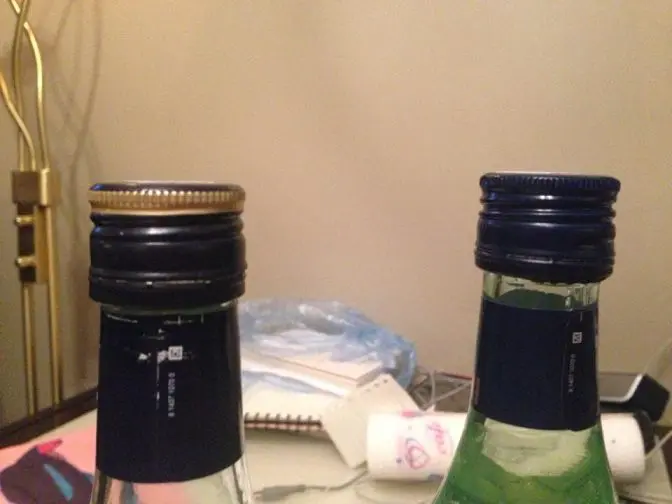
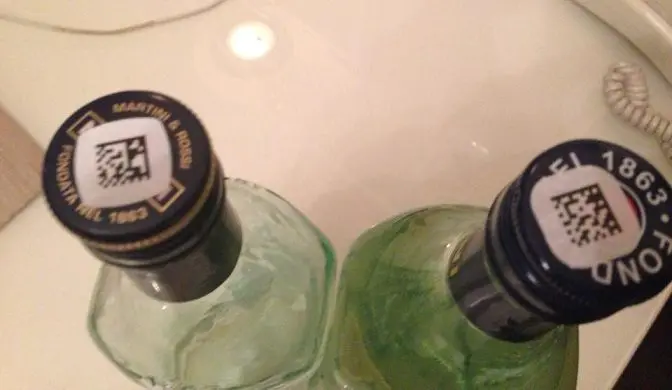
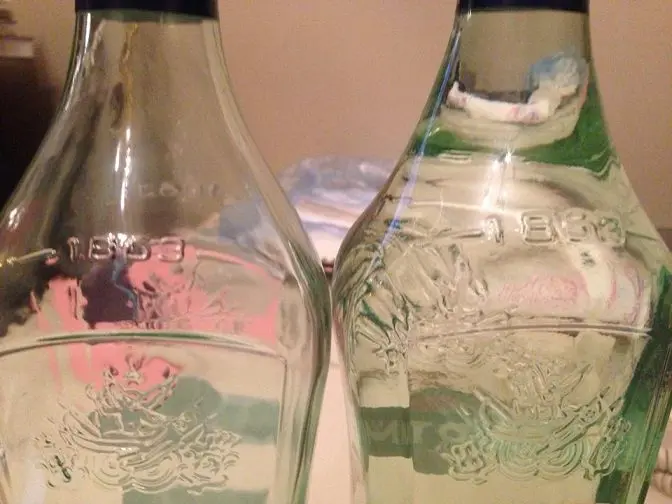
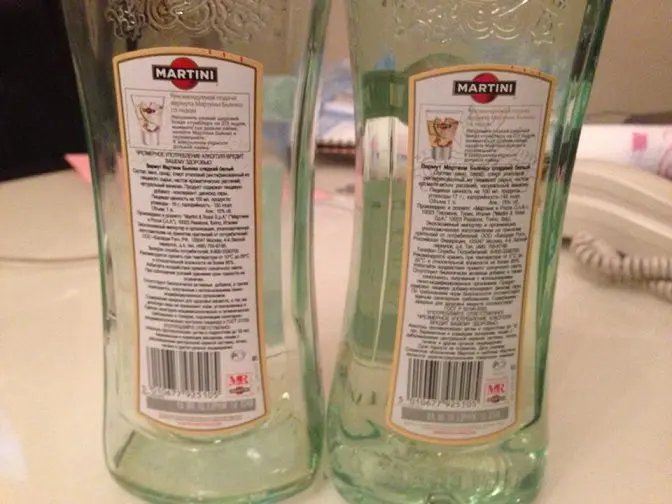

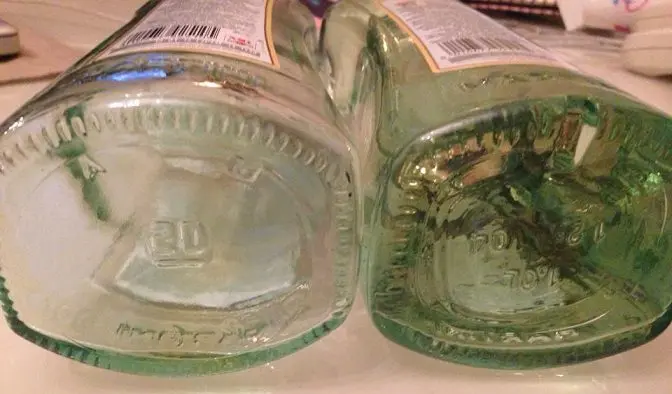
4. Taste. On this basis, only experienced buyers who remember the taste of a real martini can identify a fake. Any changes in the smell, taste, color or consistency of the drink should be alarming. Counterfeiters cannot yet exactly repeat the organoleptic properties of a real martini, there will certainly be deviations, the main thing is to catch them.










Esperava ver mais detalhes das garrafas de Martini falsas, como coloração da bebida, modelo do rótulo padrão, tipo das letras que registra lotes, datas e horários de fabricação.